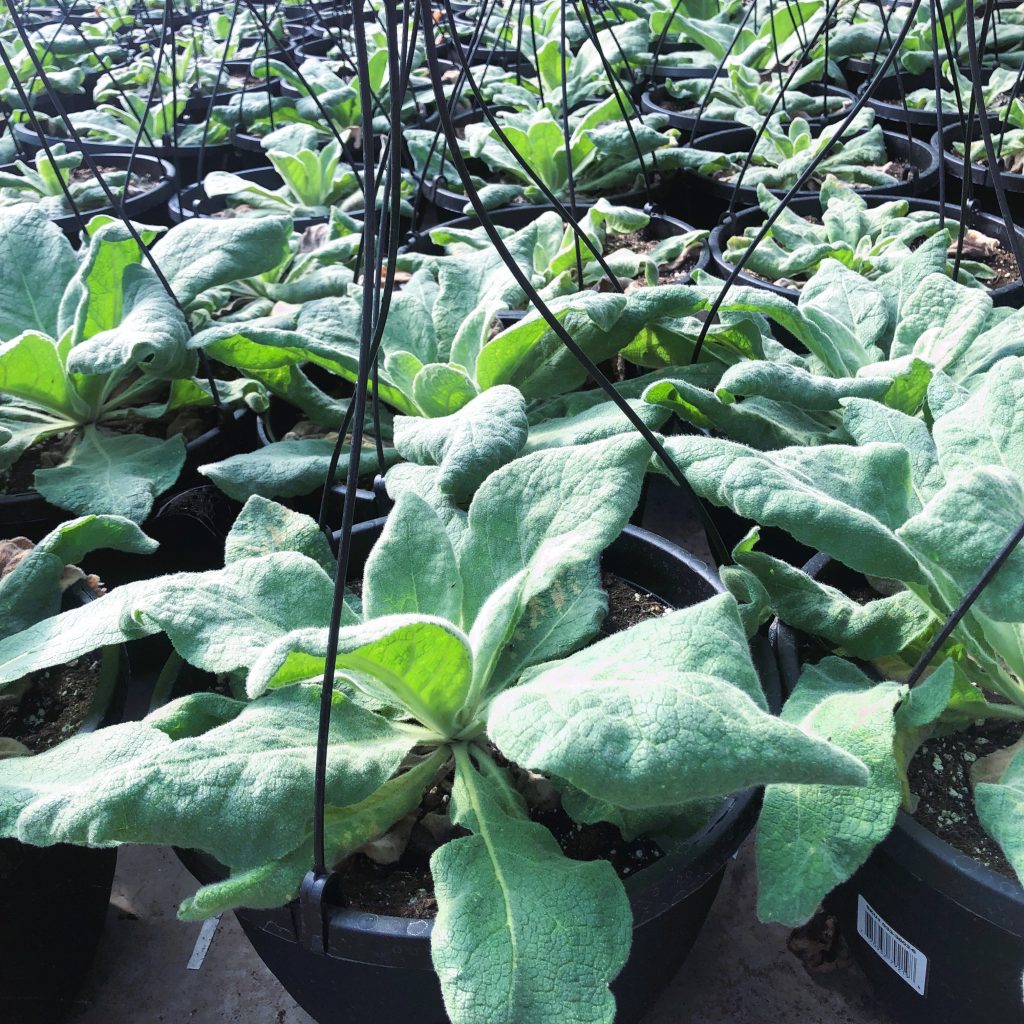
The Great Mullein: A Beneficial Partner in Greenhouse and Agricultural Pest Management
Introduction to Verbascum thapsus
Verbascum thapsus, commonly known as the Great Mullein, Greater Mullein, or Common Mullein (and Indian Toilet Paper in Western North America) is a fascinating biennial plant native to Europe, Asia, and North Africa but has since naturalized in many parts of the world. Its distinctive appearance—characterized by tall, erect spikes adorned with velvety leaves and vibrant yellow flowers—makes it a striking addition to any landscape.
The Role of Great Mullein in Pest Management
While the Great Mullein’s ornamental value is undeniable, its true potential lies in its symbiotic relationship with certain beneficial insects, most notably Dicyphus hesperus. This intricate ecological partnership has garnered attention in commercial greenhouse production as a natural and sustainable method of pest control.
The Dicyphus hesperus Connection
Dicyphus hesperus, commonly known as the Leaf Bug, is a predatory insect that feeds on a variety of greenhouse pests, including whiteflies, thrips, and spider mites, and contribute in the control of aphids and other mites. However, sustaining populations of these beneficial insects can be challenging without a reliable food source. This is where the Great Mullein enters the picture. Based on research by Dr. Dave Gillespie from Agriculture Canada, who was ‘charged’ to find a North American alternative to a commonly used predatory bug in Europe, Macrolophus pygmaeus. He discovered Dicyphus hesperus on Mullein Plants in nature in Kelowna, BC, Canada.
Mullein as a Banker Plant
In commercial greenhouse and agricultural production, the Great Mullein serves as a “banker plant,” providing a consistent and accessible food source and reproduction location for Dicyphus hesperus. By strategically placing mullein plants throughout the greenhouse, growers can create microhabitats that support populations of beneficial insects, effectively enhancing biological pest control efforts by creating a standing army approach.
Advantages of Using Mullein as a Banker Plant
- Natural Pest Control: By encouraging populations of Dicyphus hesperus, mullein helps suppress pest populations without the need for chemical interventions, promoting a healthier and more sustainable growing environment.
- Reduced Pesticide Dependency: Incorporating mullein as a banker plant reduces reliance on synthetic pesticides, minimizing environmental impact and preserving ecosystem balance within greenhouse and agricultural crops.
- Long-Term Solution: Unlike chemical treatments that may lose effectiveness over time due to pest resistance, biological control using mullein and Dicyphus hesperus offers a sustainable, long-term solution for managing greenhouse and agricultural pests.
Conclusion
In the intricate dance of crop production, the Great Mullein emerges as a silent yet powerful ally, facilitating an open rearing system for a powerful mirid bug, Dicyphus hesperus. Through its partnership with Dicyphus hesperus, this unassuming plant becomes a cornerstone of biological pest management, offering growers a natural and sustainable solution for maintaining healthy crop populations.
Harness the power of nature in your greenhouse production by integrating the Great Mullein as a banker plant. Embrace innovation, promote biodiversity, and cultivate a greener tomorrow with Verbascum thapsus as your trusted companion.
